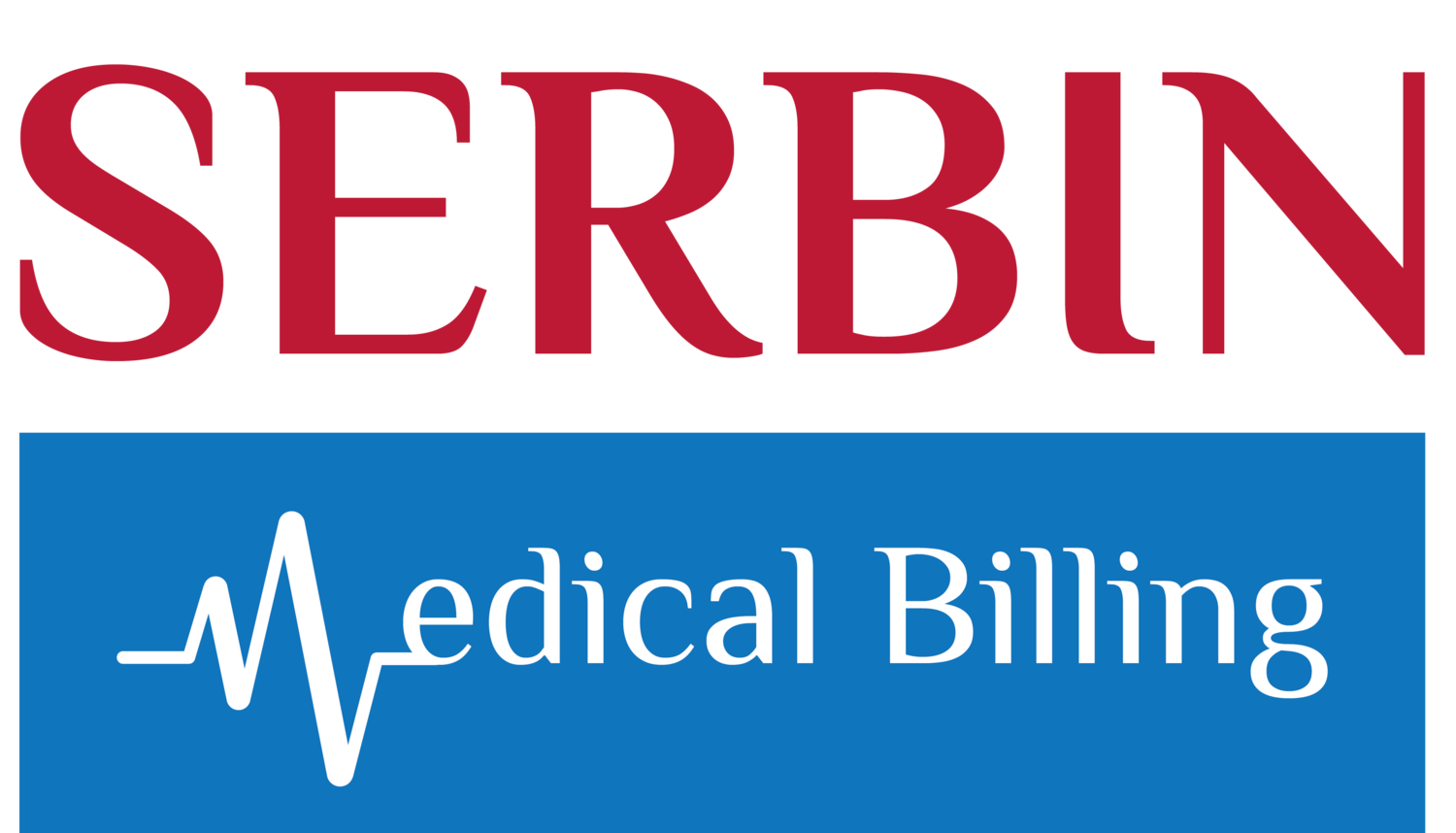Developing a Fee Schedule for a New Ambulatory Surgery Center
The fee schedule is one of the most important financial tools used by ambulatory surgery centers. The center's fee schedule not only reflects the value of the services provided by the ASC, but also establishes the profit margin needed to ensure the financial stability of the ASC.
When it's time to develop a fee schedule, a new ASC should begin with these essential steps:
Establish a team of clinical and business office personnel.
Get input from physicians, attorney, accountant and consultants.
Study the area's economic demographics.
Research the managed care market to determine fee allowances. Ask payers about carve-outs for implants and high-ticket procedures.
Common Types of Fee Schedules
There are two common types of fee schedules:
Medicare fee groups. If you base your fee schedule on a percentage over Medicare reimbursement, choose an appropriate markup percentage and apply it to CPT codes you will be using. If a procedure has no assigned grouper, base your fee on a like procedure or on cost. Assess high- and low-cost procedures as these fees may need to be adjusted.
Procedure cost. If you choose to use a percentage over the cost of procedures (factoring in materials used, time and labor), research available resources on case costing (e.g., ASCA, MGMA) and speak with your medical supply company(s). Gather your physicians' preference cards and perform a cost analysis of common procedures. Ask your CPA to assist you in determining direct and indirect costs of the procedure and then determine the percentage of markup needed to cover cost and include a reasonable profit margin.
Once your fee schedule is completed, review it with your ASC's governing board at least annually to determine if any fees need to be adjusted to meet rising supply costs.
Catch up on previous tips you may have missed here. Never miss a new tip by following Serbin Medical Billing's LinkedIn page.

